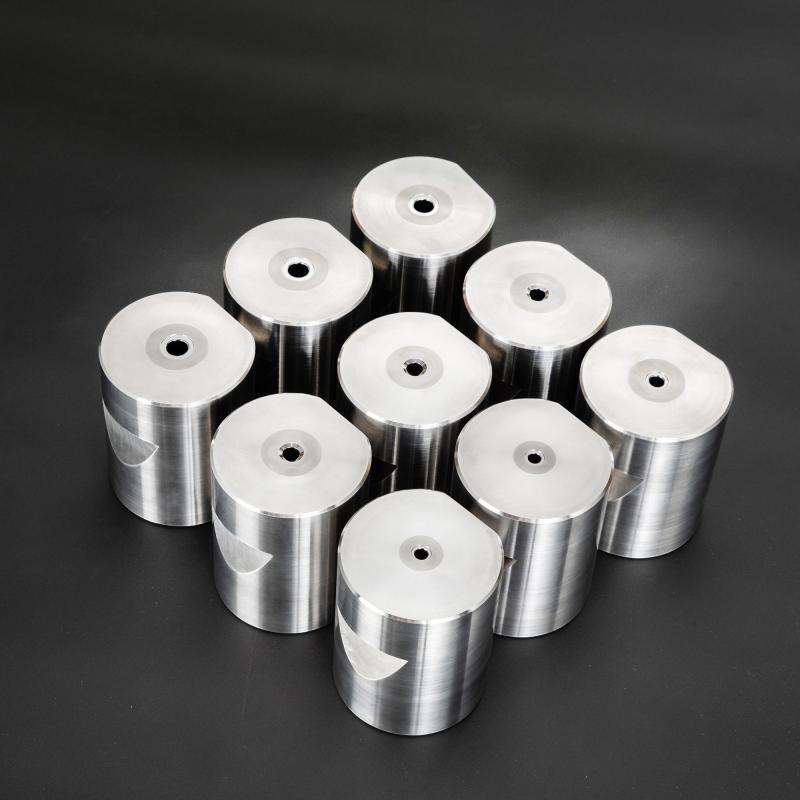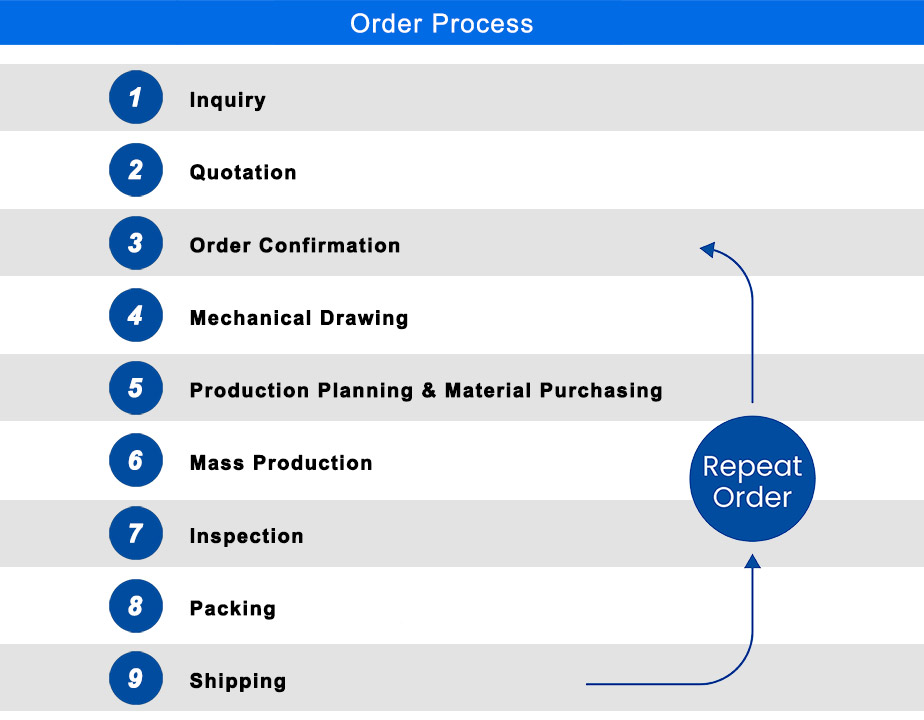 Main Dies are indispensable core components in industrial manufacturing, which are widely used in automobile manufacturing, home appliances, electronic products, aerospace and other fields. The Main Dies we provide are made of high quality tool steel or hard alloy material, with excellent wear resistance and high strength, and can operate stably for a long time under high pressure and high temperature environment. Each mold undergoes advanced CNC machining and strict heat treatment process to ensure its precision and durability. Our products include stamping dies, injection molds, die casting dies and forging dies, and we are able to provide customized solutions according to customer needs. Whether it is complex parts molding or high-precision production requirements, our master molds can meet them perfectly, helping to improve production efficiency and reduce scrap rates. With a reputation for quality materials and manufacturing excellence, Main Dies is your choice for high quality production.
Main Dies are indispensable core components in industrial manufacturing, which are widely used in automobile manufacturing, home appliances, electronic products, aerospace and other fields. The Main Dies we provide are made of high quality tool steel or hard alloy material, with excellent wear resistance and high strength, and can operate stably for a long time under high pressure and high temperature environment. Each mold undergoes advanced CNC machining and strict heat treatment process to ensure its precision and durability. Our products include stamping dies, injection molds, die casting dies and forging dies, and we are able to provide customized solutions according to customer needs. Whether it is complex parts molding or high-precision production requirements, our master molds can meet them perfectly, helping to improve production efficiency and reduce scrap rates. With a reputation for quality materials and manufacturing excellence, Main Dies is your choice for high quality production.
Dies are typically made from high-strength, wear-resistant tool steels or carbide materials. Common steel types include:
D2 Steel:Known for its hardness and wear resistance, suitable for cutting and forming operations.
H13 Steel:Offers high toughness and heat resistance, often used in hot working applications.
Carbide:Extremely hard and wear-resistant, used in high-precision and high-wear applications.
1.Design:Detailed design using CAD software to ensure precision and functionality.
2.Material Selection:Choosing appropriate materials based on the application and required properties.
3.Machining:Initial shaping of the die using processes like milling, turning, and grinding.
4.Heat Treatment:Processes such as quenching and tempering to enhance material properties like hardness and toughness.
5.Finishing:Precision machining, including EDM (Electrical Discharge Machining) and polishing, to achieve the final dimensions and surface finish.
6.Assembly and Testing:Assembling die components and conducting trial runs to ensure proper functionality and performance.
Key Features of Main Dies
1.High-Quality Materials:Main dies are typically made from high-grade tool steel, tungsten carbide, or other durable alloys to ensure longevity and resistance to wear and deformation during heavy-duty use.
2.Precision Threading:They are designed to cut or form threads with high precision, ensuring that the threaded components fit perfectly with mating parts, such as nuts or threaded holes. This precision is crucial for ensuring the reliability and safety of the assembled components.
3.Versatility:Main dies come in various sizes and thread pitches, accommodating a wide range of threading requirements. They can produce both standard and custom thread profiles, depending on the application.
4.Heat Treatment:Many main dies undergo heat treatment processes to enhance their hardness and durability, making them suitable for use in demanding manufacturing environments.
5.Different Configurations:Main dies can be found in different shapes and configurations, including round dies, hexagonal dies, and adjustable dies. Each type serves specific threading needs, with adjustable dies allowing for minor adjustments in thread diameter.
Applications
1.Automotive Manufacturing:Used to produce threaded fasteners that are critical in the assembly of vehicles, including engine components, chassis, and body parts.
2.Aerospace Industry:Essential for creating high-precision threaded parts that meet the stringent safety and performance standards required in aircraft and spacecraft.
3.Machinery and Equipment:Applied in the production of threaded components for various types of industrial machinery, ensuring robust and reliable connections.
4.Construction:Used in creating threaded rods and bolts that are used in building frameworks, bridges, and other structural elements.
5.Repair and Maintenance:Handy in repair shops and maintenance facilities for re-threading or creating new threads on worn-out or damaged fasteners.
Maintenance and Care
To maintain their effectiveness and prolong their lifespan, main dies should be regularly inspected for wear, cleaned after each use, and stored in a dry environment to prevent corrosion. Proper lubrication during use is also essential to reduce friction and heat, which can degrade the die over time.

FAQ:
What materials are main dies typically made from?
Main dies are usually made from high-grade tool steel, tungsten carbide, or other durable alloys to ensure longevity and resistance to wear and deformation.
Why is precision threading important when using main dies?
Precision threading is crucial because it ensures that the threaded components fit perfectly with mating parts, such as nuts or threaded holes, which is essential for the reliability and safety of the assembled components.
What are the different types of main dies available?
Main dies are available in various shapes and configurations, including round dies, hexagonal dies, and adjustable dies, each serving specific threading needs.
How does heat treatment affect the performance of main dies?
Heat treatment enhances the hardness and durability of main dies, making them suitable for use in demanding manufacturing environments where they must withstand significant stress and wear.
In which industries are main dies most commonly used?
Main dies are commonly used in the automotive, aerospace, machinery, construction, and maintenance industries, where they are essential for creating threaded fasteners and components.
What is the role of adjustable main dies?
Adjustable main dies allow for minor adjustments in the thread diameter, providing flexibility in achieving the desired thread fit and precision.
How should main dies be maintained to ensure long-term use?
Main dies should be regularly inspected for wear, cleaned after each use, stored in a dry environment to prevent corrosion, and properly lubricated during use to reduce friction and heat.
What is the difference between round dies and hexagonal dies?
Round dies are typically used in threading machines, while hexagonal dies can be used with a wrench or die stock, offering versatility in manual threading operations.
Why are main dies critical in the aerospace industry?
Main dies are critical in the aerospace industry because they produce high-precision threaded parts that meet stringent safety and performance standards required for aircraft and spacecraft.
Can main dies be used for re-threading worn-out components?
Yes, main dies can be used in repair and maintenance to re-thread worn-out or damaged fasteners, restoring their functionality and extending the life of the components.